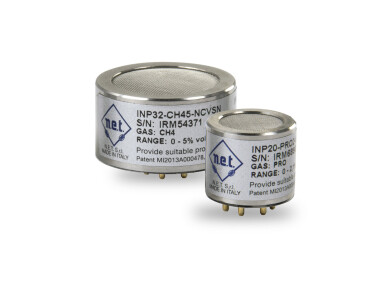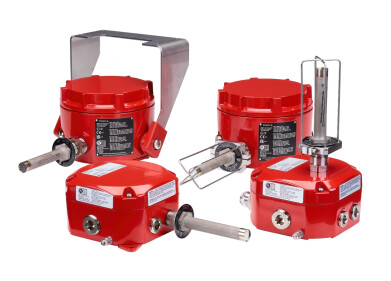Safety
Don’t Pay the Price for Skimping on Safety
Apr 12 2013
Despite several recent high-profile industrial accidents, industrial safety breaches remain all too common.Trevor Dunger and Stuart Nunns of ABB (UK) explain how choosing the right safety instrumentation can deliver long-term security and lower life-time cost.
There are several good reasons why it pays not to skimp when selecting specialised instrumentation and control equipment for safety applications.
Because safety systems typically kick in only when there is a problem, it’s possible for a transmitter or other safety loop component to malfunction undetected. Safeguarding against this demands good quality, extensively tested equipment, with redundancy levels and self-diagnostic capabilities that far outstrip those required for non-critical systems.
Secondly, safety is a niche application which doesn't benefit from the same economies of scale as the mass-market in standard controls.
Companies should look for instruments and systems offering optimum lifetime security and cost-effectiveness.
First, consider the parameters defining overall safety loop effectiveness. The most well-known of these is the required Safety Integrity Level (SIL), as defined by IEC 61508. Generally speaking, it’s best to design process risks out before installing specialised systems to control them. This will often reduce the required SIL and the cost of any associated safety systems.
Next is the average probability of failure on demand (PFD), which varies depending on the required SIL as well as the frequency with which a safety instrumented system will be used.
Other relevant factors affecting whether an individual instrument is suitable for a particular SIL are the safe failure fraction (SFF) and the hardware fault tolerance (HFT).
Another key factor is the systematic capability, encompassing the design and engineering of the element itself and the integration of elements to form the safety system.
A final factor is the quality of documentation available from the equipment supplier and their ability to show their equipment is “proven in use”.
Opting for higher integrity equipment really can save money in the long term.
Firstly, safety systems do not need testing as often to check they are still working properly, especially if they can demonstrate a higher HFT and a lower frequency of dangerous undetected failures.
The second area for savings is insurance. Some insurers now insist on compliance with particular safety integrity levels before they will agree to provide cover.
The biggest savings come from preventing accidents occurring. Add to this the protection of personnel and the surrounding community and the case for excellence in safety systems is compelling, whatever the state of the economy.
Digital Edition
PIN 25.6 Buyers' Guide
January 2025
Buyers' Guide Directory - Product Listings by Category - Suppliers Listings (A-Z) Articles Analytical Instrumentation - ASTM D7042: The Quantum Leap in Viscosity Testing Technology -...
View all digital editions
Events
Jan 25 2025 San Diego, CA, USA
SPE Hydraulic Fracturing Technology Conference and Exhibition
Feb 04 2025 The Woodlands, TX, USA
Feb 05 2025 Guangzhou, China
Trinidad and Tobago Energy Conference 2025
Feb 10 2025 Point Lisas, Trinidad
Feb 11 2025 Lagos, Nigeria



















